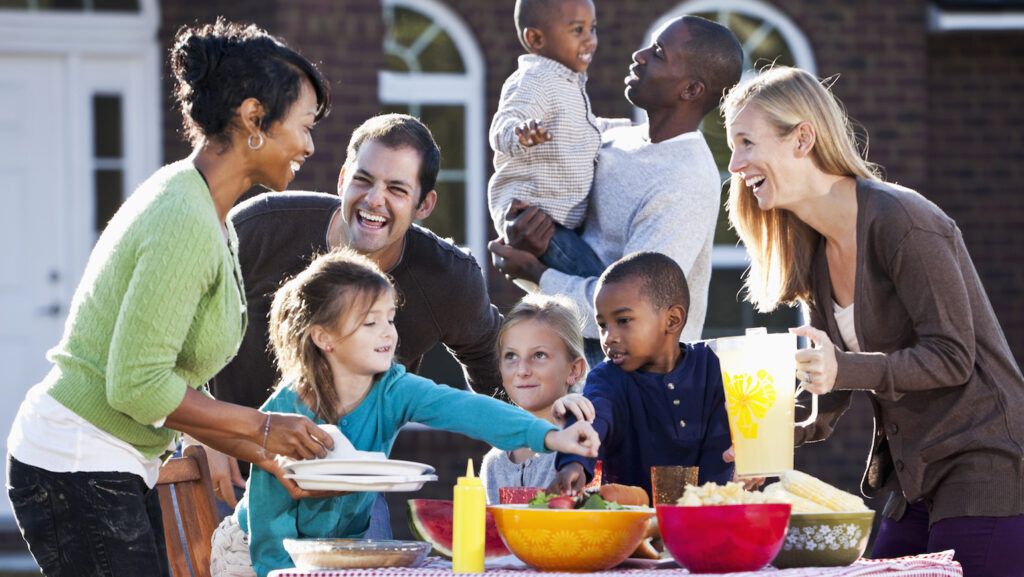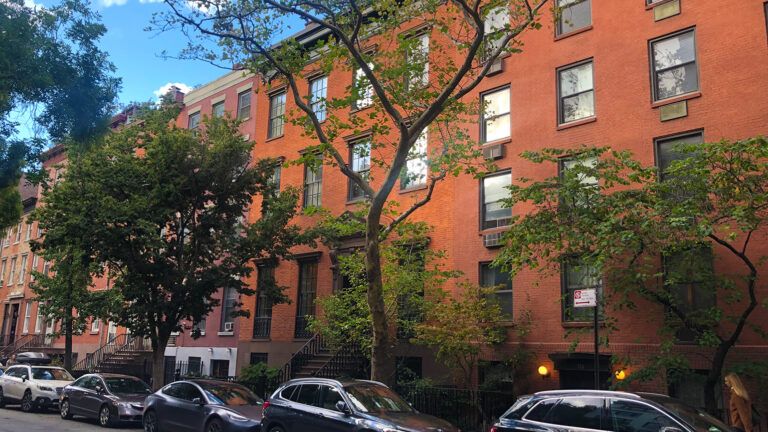I recently read a Welsh proverb that says, “A little among neighbors is worth more than riches in the wilderness.”
This could refer to a lot of possible neighborly “littles,” from a little “borrowed” sugar, to a little help bringing garbage pails up on a windy day, to a little smile shared when out for a stroll.
But I’ve found that the best way to build a community, not just a neighborhood, is to invite people to join together to share, serve and connect through easy, accessible projects. Especially with the ups and downs of the pandemic, growing relationships with those who share your zip code is a key aspect of maintaining a positive, joyful home.
1) Connect Through Email
Whether you live in a building, a cul-de-sac, a development or a mixed-use street, it’s helpful to have an easy way to reach a maximum number of neighbors with one message. A Google group or listserv is free, easy to create and will allow you to invite folks to come together with one click.
2) Turn to Paper When Necessary
Some people don’t use email, whether because they are older and don’t engage with technology, or because of personal choices or habits. Ask around and learn who needs paper invitations to participate in neighborhood projects—your neighbors will appreciate being included even though they’re not online.
3) Food Pantry Collection
Your local food pantry is always looking for donations, and perhaps you already contribute or even volunteer in these important spaces. Your neighborhood can easily band together to have a significant impact. One of my neighbors placed a bin on her front porch and put out a message to the neighborhood saying that every Tuesday, she would drive to the local pantry to deliver items.
She is on a list from the food pantry that shares specific needs like pasta, dish soap or even simply handled paper bags. She asks neighbors not to do a whole shopping trip for the pantry, but to get in the habit of picking up just one extra item each week when they shop, and dropping it into the bin. Each week, her car is full of products that represent the generosity not of one person, but of the community of our neighborhood.
4) “Swap” It
The possibilities are endless when it comes to neighborhood swaps. My neighbors have done annual book swaps where people bring books they no longer want or need to a central location and take home any books that strike their fancy. Then volunteers drive the leftovers to a local bookstore that employs at-risk youth.
This year, we also experimented with a plant swap where we offered houseplants that need a little love—or just a new home—cuttings from our gardens, vegetable seedlings and native local plants.
I can imagine more swaps being fun, easy and joyful for those who participate: a harvest swap when the zucchini just gets to be too much, a cookie swap at holiday time or even a cookbook swap among other ideas. The best part of a swap is that you get to meet your neighbors and easily start conversations over shared interests (reading, gardening, cooking) that you might not have realized you had.
5) Trash Pick-Up
As much as we care for and about our neighborhoods, litter is a universal, unfortunate reality. Think the best of your neighbors—remember that much street trash is the result of inconvenient wind pulling loose items from garbage cans or recycle bins. And then form a walking crew to grab gloves, buckets and trash-pickers like these (your local public works department might even have these available to borrow or keep!). Chat, visit and stroll together while you gather loose garbage and send it on its way.
How do you connect with your neighbors to build relationships and serve the community at the same time? What new ideas do you have for bringing your neighbors together?





